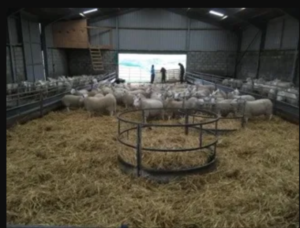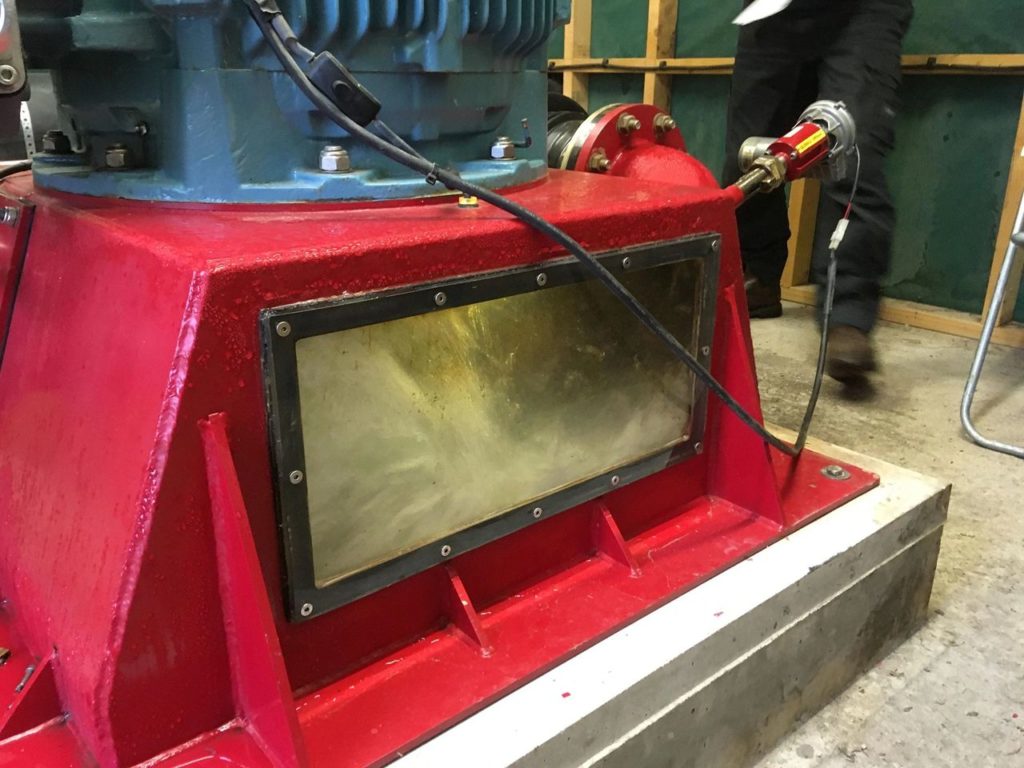Peat and Diesel
11 February 2020(Guest post – North Talisker is a Common Grazing with a Sheep Stock Club and Hydro Company on the West Coast of the Isle of Skye and our blog is a post that first appeared on their website at the beginning of the year.) 
The Cheviot, the Hydro Scheme, and the Black Black Carbon
Cheryl McIntyre and Sam Brooke
Why would North Talisker Sheep Stock Club, or any traditional hill grazings, be concerned about carbon when all we are doing is running a few hundred breeding ewes on marginal ground as has been done for the last 100 years?
Whether you subscribe to man-made theories of climate change or not there are certain outcomes of the environmental crisis that will impact how we do our business. First, the levels of carbon that we emit will be measured in relation to what we produce. Second, the subsidy that we receive from the public purse will change, becoming linked to deliverable ‘Public Goods’ which will have a clear focus on environmental issues. Third, the warmer and wetter weather will impact how we manage the common grazings. And finally we as a country have committed to reducing our carbon output by 75% by the year 2030 and we therefore have a responsibility to act.
Earlier this year we signed up to having an Integrated Land Management Plan (ILMP) carried out with funding help from the Farm Advisory Service – FAS. As part of this we elected to undertake a Carbon Audit with SAC Consulting to analyse the Sheep Stock Club as an agricultural business. It is an audit of our activities and finances and makes recommendations on current practice and possible future diversification. This was last completed in 2009 and the principle outcome was the proposal to install the hugely successful micro-hydro scheme at the Huisgill Burn. 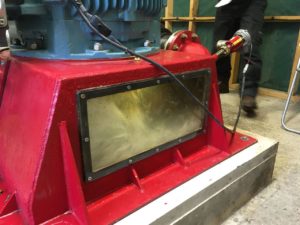
The audit used the SAC Consulting Agrecalc© software which calculates the emitted CO2 and equivalents as a function of farm output only. In our case this looks at the carbon cost of all our inputs and calculates the total cost against our outputs, kilograms of deadweight meat produced. The hydro scheme, for example, is not taken into account. This is so direct farm comparisons can be made with similar enterprises.
Our total carbon emissions for 2018 were just under 360,000 kg CO2e. The net result for the North Talisker SSC for 2018 was a figure of 47.51 kg CO2e per kg of dwt lamb meat. (Please note that this is based solely on store lamb weights not fat lamb and does not take in to account off-farm carbon cost of transport and finishing). In comparison to other similar enterprises we are just above the mean at 46.01. This was primarily due to a relatively low output (i.e. number of lambs produced during this period). Interestingly the highest relative carbon cost to the club was the bought in straw & hay used for bedding and feed. Additionally our other relatively large carbon output came from manure management. Both of these are high as we lamb a large number of lambs indoors. In sum our carbon emissions are relatively low overall and are comparable to other low intensity, pasture based hill systems. Opportunities to reduce the carbon cost further are to improve productivity, use more local feedstuffs such as draff and to re-evaluate the benefits of lambing indoors. For the full report and a more detailed discussion please click here.
In order to get the full carbon picture of the SSC and Hydro it is essential to consider the impact of the micro-hydro scheme and the carbon sequestered in the hill. On a rainy day (in the literal sense) the hydro is generating about 1000kWh over 24 hours direct to the grid which could be powering up to 90 households. The average total annual generation from the hydro is approximately 225,000kWh which powers approximately 50 households per annum and this displaces about 70,000 kg of CO2e annually.
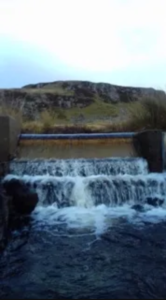 In addition the 1800 hectares of hill ground traps carbon in the soil and minerals. Good grazing and soil management will help to keep this carbon sequestered in the ground. The volume of carbon stored fluctuates with the seasons and will increase with grass growth and absorption and will decrease as grasses die back. We can aid this storage by careful grazing, neither under nor over, ensuring rank vegetation does not increase and by appropriate grassland improvements using only min till methods. Good grassland management will improve soil organic matter. Soil organic matter is about 58% carbon and so we are able, as a minimum, to maintain current levels of carbon stored and with good management increase these levels over time. It is estimated that grassland such as ours stores approximately 45kg of carbon per m2. Based on the 1500 hectares of North Talisker common grazings we store approximately 6000 tons of carbon! If we then look at the carbon saved by the hydro scheme we can calculate a further 80,000kgs. (It takes approximately 0.40kgs carbon to produce 1kWh electricity).
In addition the 1800 hectares of hill ground traps carbon in the soil and minerals. Good grazing and soil management will help to keep this carbon sequestered in the ground. The volume of carbon stored fluctuates with the seasons and will increase with grass growth and absorption and will decrease as grasses die back. We can aid this storage by careful grazing, neither under nor over, ensuring rank vegetation does not increase and by appropriate grassland improvements using only min till methods. Good grassland management will improve soil organic matter. Soil organic matter is about 58% carbon and so we are able, as a minimum, to maintain current levels of carbon stored and with good management increase these levels over time. It is estimated that grassland such as ours stores approximately 45kg of carbon per m2. Based on the 1500 hectares of North Talisker common grazings we store approximately 6000 tons of carbon! If we then look at the carbon saved by the hydro scheme we can calculate a further 80,000kgs. (It takes approximately 0.40kgs carbon to produce 1kWh electricity).
In sum we are displacing almost 6100 tons of CO2e annually and emitting 3.6 tons of CO2e. This is a hugely significant net displacement and telegraphs the massive benefits of low intensity hill grazing on marginal land that can produce little else save renewable energy such as the micro-hydro scheme and a plethora of nationally important flora and fauna. 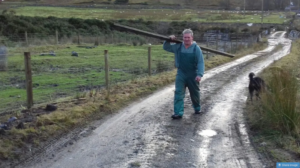
These environmental benefits are excellent examples of the ‘Public Goods’ that have oft been quoted but perhaps little understood. We have been taking part in a pilot study funded by SNH to look at the future of farm subsidy moving to a ‘Public Goods’ model. Suffice to say that this will likely form the major part of subsidy in the future as there is a move away from rewarding acreage and production at any cost towards enabling agriculture to work with the land in the most appropriate way possible for both environment and productivity.
As we enter 2020 we look forward to completing the ILMP identifying possible diversification opportunities, and bolstering the Sheep Stock Club’s management as it nears its centenary anniversary in 2024.
Our thanks to North Talisker for allowing us to reproduce their blog post here. If you would like to contribute to the Farm Advisory Service blog, then get it touch with Will from our communications team.
Sign up to the FAS newsletter
Receive updates on news, events and publications from Scotland’s Farm Advisory Service

